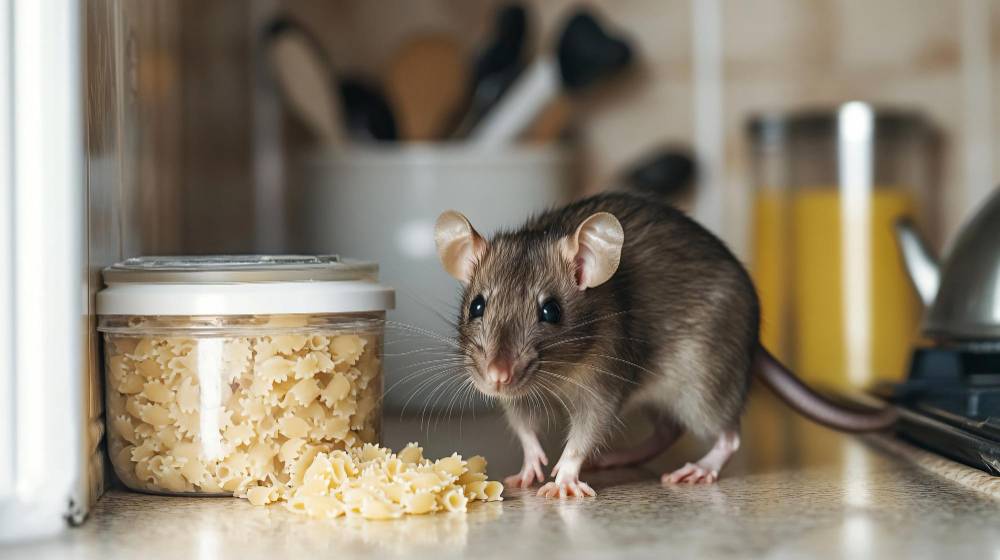Menu

Before you read the following you have to promise you won’t reveal the following secrets!
Rodent Control Orange County, Secrets reveled!
A good rodent control company in Orange County will send out an experienced exterminator to evaluate a rat control or mouse control problem. Once the exterminator has inspected your property they will recommend a rodent control service for you. But what is that exterminator looking for? I am going to train you-up so you can do exactly what Wheeler’s rat exterminators look for. If you use this list of things to evaluate your own property you can go a long way to avoiding having to call a rodent control company and setting up a rodent control service.
The secrets: Remember you promised not to tell anyone about these secrets!
Rodent control for your home or business starts with some basic principles that, if followed, will reduce your need for a rodent control service.
The basic rules you need to follow is to make your home and yard unattractive to rats and mice:
1. Secret number one! Sanitation! This is a basic fundamental for rat control around your home. If you don’t follow and maintain these measures then,” forget about it”, a quote from Donnie Brasco movie, your doomed!
Good housekeeping in and around home will reduce shelter and food sources for rodents. Neat, off-the-ground storage of pipes, lumber, firewood, crates, boxes, gardening equipment, and other household goods will help reduce the places rats and mice can hide and also will make their detection easier. Collect garbage, trash, pet poop and garden debris frequently, and ensure all garbage receptacles have tight-fitting covers. Where dogs are kept and fed outdoors, rats can become a problem if there is a ready supply of dog food. Feed your pet only the amount of food it will eat at a feeding, and store pet food in rodent-proof containers.
For roof rats in particular, thinning dense vegetation will make the habitat less desirable. Climbing hedges such as Algerian or English ivy, star jasmine, and honeysuckle on fences or buildings are conducive to roof rat infestations and should be thinned or removed if possible, as should overhanging tree limbs within 3 feet of the roof. Separate the canopy of densely growing plants such as pyracantha and juniper from one another and from buildings by a distance of 2 feet or more to make it more difficult for rats to move between them.
2. Secret number two! Exclusion!
The most successful and long-lasting form of rat control nad mosue control in structures is exclusion, or “building them out.” Seal cracks and openings in building foundations and any openings for water pipes, electric wires, sewer pipes, drain spouts, and vents. No hole larger than 1/4 inch should be left unsealed, in order to exclude both rats and house mice. Make sure doors, windows, and screens fit tightly. Make sure you have door sweeps on all door and garage doors leading to the outside. Their edges can be covered with sheet metal if gnawing is a problem. Coarse stainless steel wool( NOT STEEL WOOL, IT RUSTS), wire screen, and lightweight sheet metal are excellent materials for plugging gaps and holes. Norway and roof rats are likely to gnaw away plastic sheeting, wood, caulking, expanding foam and other less sturdy materials. Because rats and house mice are excellent climbers, openings above ground level must also be plugged. Rodent proofing against roof rats, because of their greater climbing ability, usually requires more time to find entry points than for Norway rats. Roof rats often enter buildings at the roofline, so be sure that all access points in the roof are sealed. If roof rats are traveling on overhead utility wires, contact a Wheeler’s pest control professional or the utility company for information and assistance with measures that can be taken to prevent this.
3. Secret number three. Population Control! When food, water, and shelter are available, rat populations can increase quickly. While the most permanent form of control is to limit food, water, shelter, and access to buildings, direct population control often is necessary.
For controlling rats indoors, using traps is best. When rodenticides are used in structures, rats can die in inaccessible locations such as within walls or ceilings. In hot weather, the stench of a dead rat can be unbearable and can necessitate cutting a hole in the wall to remove the carcass. Also, ectoparasites such as fleas and mites often leave dead rat carcasses and can infest the entire house if the carcass isn’t removed promptly.
4. Secret number four. Baiting! Baiting for rat control and mouse control on the outside of the home is often necessary to keep their population under control and out of your home.
You see rats and mice are opportunistic creatures. They are constantly exploring the area around their nesting site. When food, water or shelter is in short supply, they will go to more extreme efforts to get it. If they since that any of their 3 needs are behind a wall or door, they will chew through it to get to it.
Following the 4 secrets listed above will help keep those rodents out of your home. If you need help with any rodent control issues just give WHEELER’S PEST CONTROL a call. We’d be glade to set up a rodent control service for you home or business.
Guys came on time did their job in a very professional way and we are very happy with their service.
Company is on top of their game David showed up to get are gophers. came out three days in a row haven’t seen a go for since
Joseph is a great ambassador for Wheeler's pest control, and a shout out to Daniel for dealing with my crazy schedule. Thanks guys!
A local business that everyone should support. All techs are knowledgeable, professional! FYI, they are also great w/ eradicating gophers as well!!